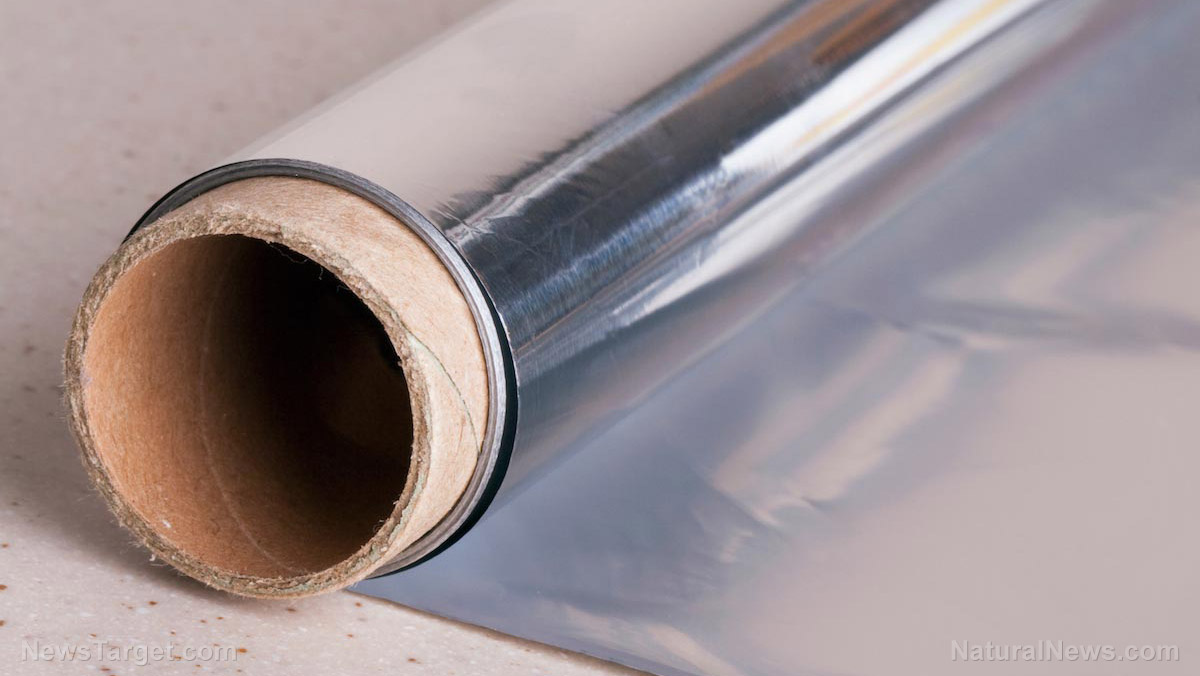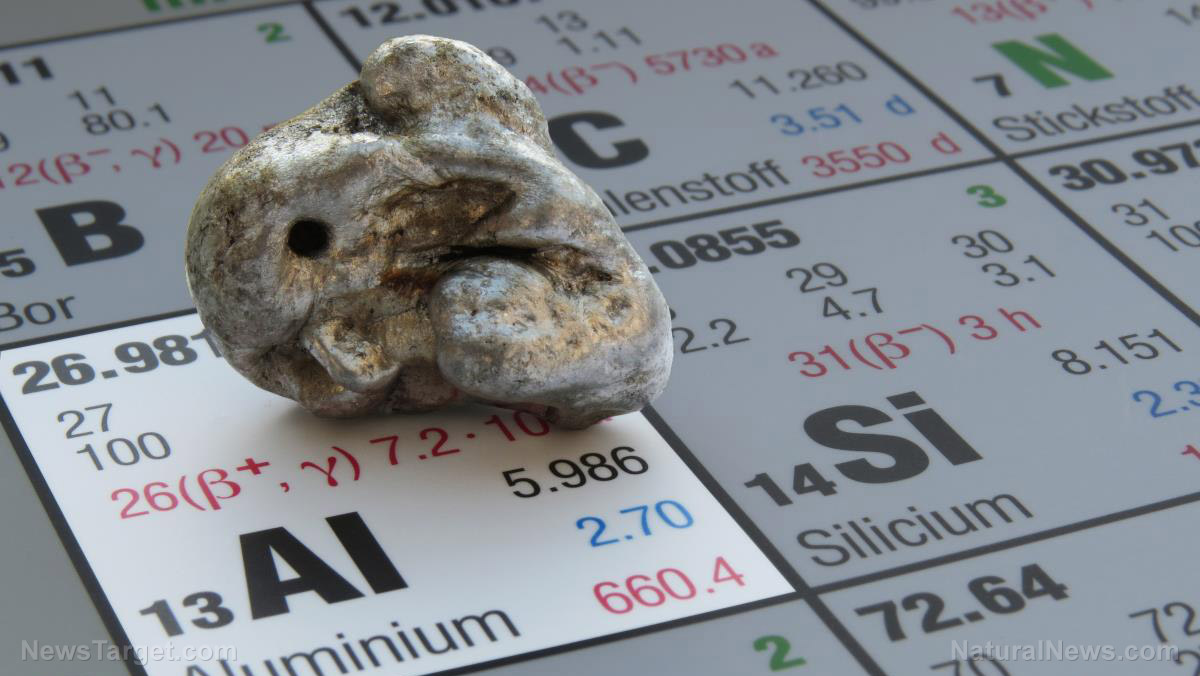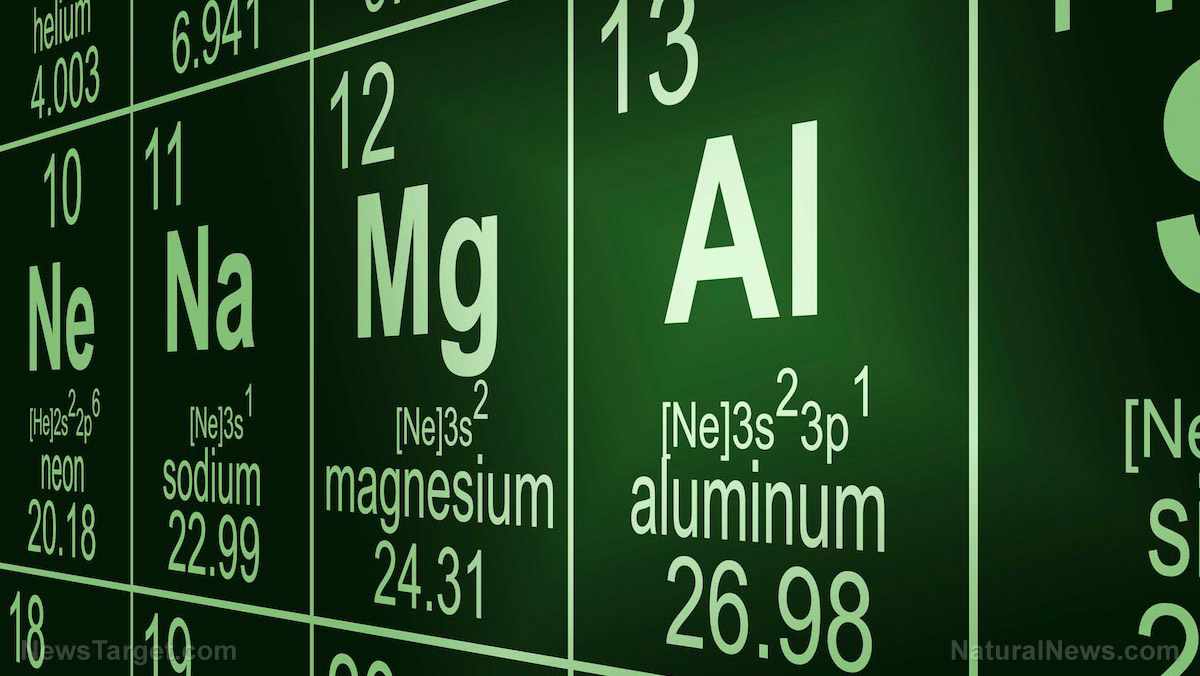Aluminum prices jump to 13-year high; extreme power requirements for manufacturing prompts China to halt production
10/15/2021 / By Ramon Tomey

Prices for aluminum have risen to a 13-year high amid the ongoing energy shortages worldwide. These energy shortages across China have resulted in China’s halting of aluminum production, given the extreme energy inputs required to purify and manufacture aluminum.
China’s move carries repercussions for many other industries that use processed aluminum for their products.
Aluminum’s price climbed to $3,064 a ton, up 3.3 percent, at the London Metal Exchange on Oct. 11. – the highest recorded since July 2008. Prices for other base metals have also risen, with zinc up by 2.5 percent to $3,230 a ton and copper rising by 1.9 percent.
Industry insiders claim aluminum requires a lot of power to produce. Each ton of aluminum needs about 14 megawatt-hours to produce, which is enough to run a home in the U.K. for more than three years. The insiders add that the aluminum industry would be the fifth largest power consumer in the world if it was a country.
Aluminum’s high energy requirement has made plants processing the metal the first targets by the Chinese government’s efforts to slash industrial energy use. Beijing has also limited the country’s future aluminum production capacity – raising the possibility of deep global deficits of a metal used in different products such as beer cans and airplanes.
Mark Hansen, CEO of commodity trading house Concord Resources Ltd., says several aluminum plants in China have stopped operations as the country’s production “has probably peaked, at least in the short term.” However, he warns that aluminum prices could go as high as $3,400 a ton in the next year. (Related: Soaring metal prices may delay ongoing transition to clean energy.)
James Luke, commodities fund manager at investment company Schroders, describes China continuing aluminum production as a “net export of energy resources.” He says: “Given the acuteness of the power shortages and the curtailments we’ve seen, it just doesn’t seem rational for China to be exporting that volume of aluminum products every single month.”
Aluminum industry repercussions felt around the world
According to the Aluminum Association (AA), Chinese aluminum production “has grown at an alarming rate.” From just about 11 percent of the world’s aluminum in 2000, China now produces more than 50 percent of the world’s aluminum supply. “For many years, China absorbed nearly all of this metal domestically. [But] as the economy softened and demand declined, producers did not respond to market signals,” the association says.
The AA adds: “Artificial incentives, subsidies and central planning by the Chinese government have driven much of this activity. This behavior led to China building production facilities, even when doing so much made little economic or environmental sense.”
Tax rebates support China’s aluminum manufacturing despite domestic production being under pressure and the demand for aluminum continuing to rise. However, market analysts say Beijing can potentially lower or remove value-added tax rebates on exports to slow down the rate of metal exiting China.
Investors are watching for a possible hit to Chinese aluminum exports, provided the country continues to import primary metals and export huge volumes of processed aluminum. With the country likely to continue importing huge volumes of the raw metal next year, a potential worldwide aluminum shortage looms – alongside a sudden spike in the metal’s price.
Recent action by the European Union aimed at Chinese aluminum imports sold at undercut prices have also contributed to higher market prices. The EU imposed anti-dumping penalties on Chinese flat-rolled aluminum on Oct. 11. An EU statement from the same day defended the move as a way to “counter unfair trading practices.”
The anti-dumping penalties range from 14.3 percent to 24.6 percent and will last for a period of five years.
“An investigation found that Chinese [aluminum] imports, sold at dumped prices, have caused injury to the [European aluminum] industry. These aluminum products are an important commodity on the EU market, with a market value of 700 million euros [$812.7 million],” the statement says.
However, the EU notes in the same statement that it has delayed implementation of the duties for nine months because of “temporary and exceptional changes in market circumstances.” The anti-dumping penalties will be imposed from July 11, 2022 onward.
CRU Group Manager for Aluminum Primary and Products Research Eoin Dinsmore says: “The global metal market in 2022 will be the tightest it’s ever been. The rest of the world cannot deliver these quantities to China indefinitely.” (Related: Power shortages in China may cause world food and commodities prices to surge.)
Metals.news has more articles about the prices of aluminum and other metals.
Sources include:
Tagged Under: Aluminum, aluminum production, anti-dumping duties, bubble, China, collapse, European Union, flat-rolled aluminum, London Metals Market, market crash, metal exports, metal prices
RECENT NEWS & ARTICLES
COPYRIGHT © 2017 ALUMINUM NEWS




















